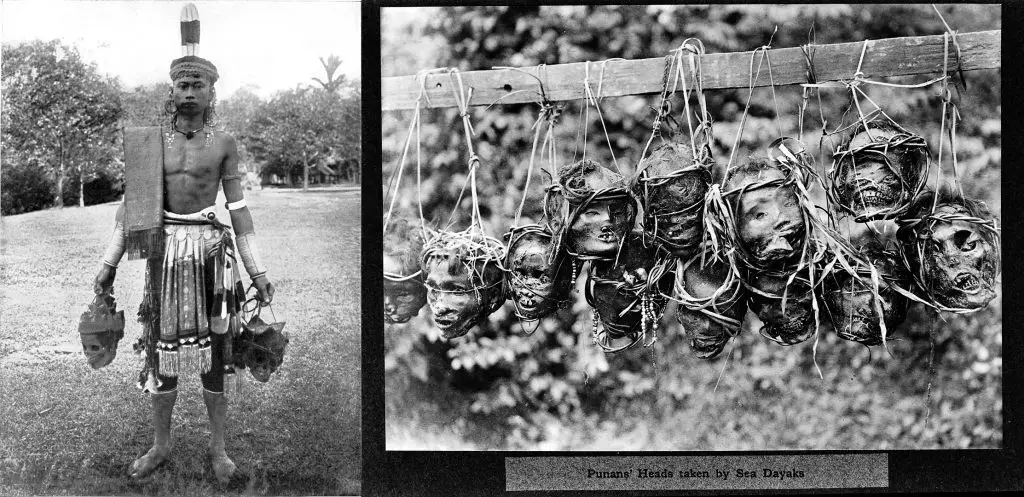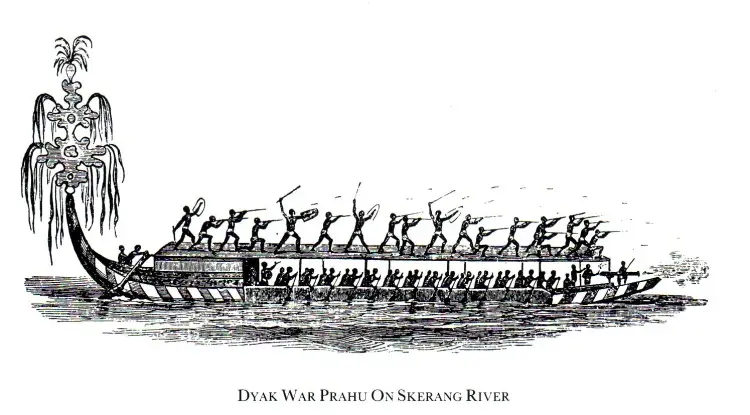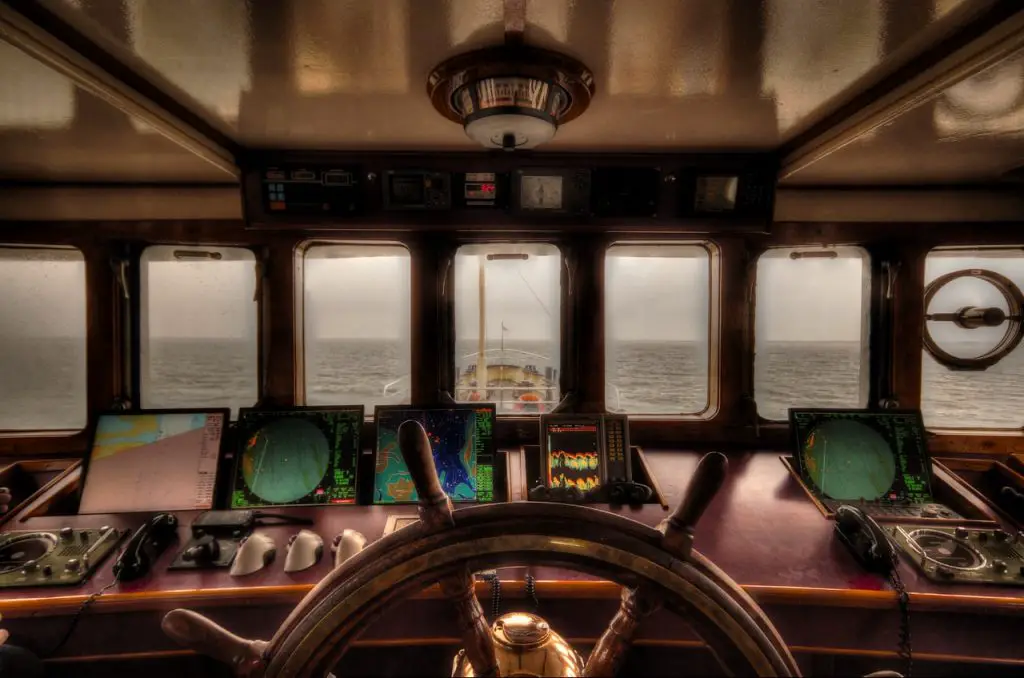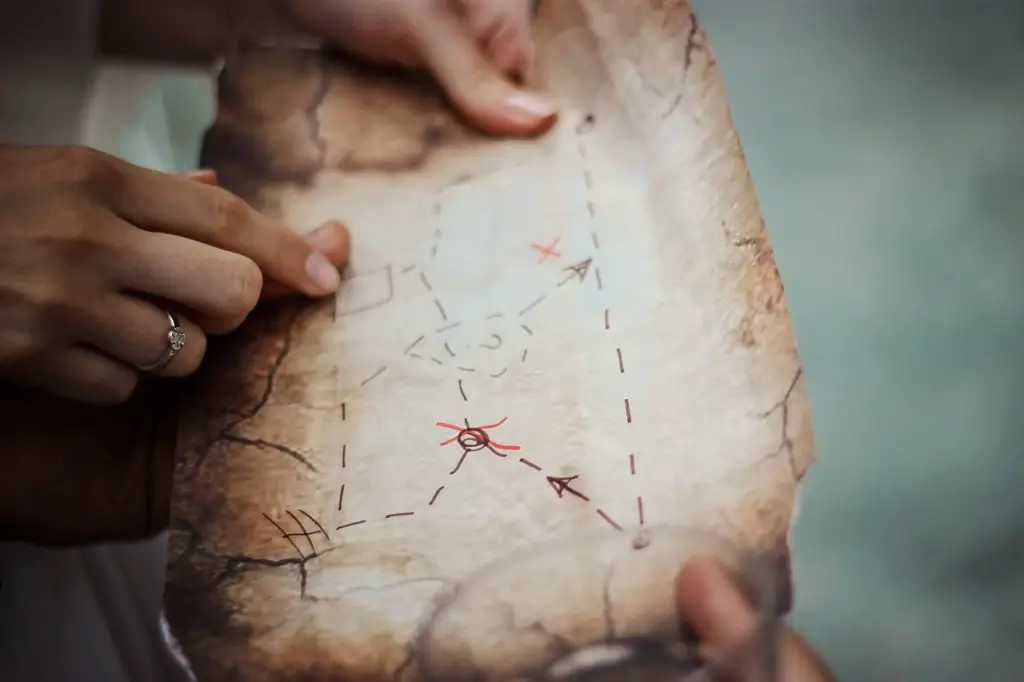If you were there during Rainforest World Music Festival (RWMF 2019), chances are you may still be suffering from post-RWMF withdrawal.
Despite a claim on international media last year that the festival was a dying brand with no new stories being told, the festival has definitely proven the critics wrong.
The number of festival goers this year hit 23,650 people – the highest it’s been since RWMF started in 1998.
And if you were one of those thousands who danced beneath the moonlit sky with the Santubong mountain in the background, you might not have realised how big the crowd was.
It was definitely good to see the festival highlight more local Sarawakian performers such as Suku Menoa, Suk Binie’, Kemada, Staak Bisomu and crowd favourite, At Adau.
With so many performers from all five continents gathering at Sarawak Cultural Village for three days, it was definitely hard to choose our favourites.
But here are KajoMag’s picks for our five favourite acts during RWMF 2019 which took place from July 12 to 14.
1.Duplessy & The Violins of the World (France, Mongolia and Sweden) featuring Guo Gan (China)
The beauty of Rainforest World Music Festival has always been the ability to bring artists of different musical styles and cultures to perform on the same stage.
And this year, one of the performances which managed to do that beautifully and successfully was the performance by Duplessy & The Violins of the World featuring Chinese erhu musician, Guo Gan.
Four soloists- Mathias Duplessy, Guo Gan, Naraa Puredorj and Aliocha Regnard – came together for two different sets called “Marco Polo” at the Theatre Stage and “Crazy Horse” on the Tree Stage.
Inspired by the Italian explorer who travelled through Asia, “Marco Polo” gave the audience a crossover of Western and Asian classical music, while “Crazy Horse” truly reflected its name with fast-paced, cantering rhythms and swinging tunes.
Their performances might have been a fusion between East and West cultures, but there was no confusion among the audience who was listening.
It was definitely a nice eclectic mix of classical guitar (Duplessy), erhu (Guo Gan), traditional Swedish string instrument the nyckelharpa (Regnard) and the Mongolian fiddle (Naraa).
2.Otava Yo (Russia)
This group of seven musicians from St Petersburg had a goal: to shatter the stereotype that Russian folk music was boring and undanceable.
Judging by how the crowd danced on Friday night during their performance, Otava Yo definitely achieved their goal.
Using instruments such as the Russian fife, gusli (Russian psaltery), the bagpipe and fiddle, they gave a performance which transcended languages and cultural boundaries.

3.Kila (Ireland)
If you are a veteran RWMF festival goer, then Kila might be a familiar act. They performed in RWMF back in 2013 and they were back again this year.
Kila is a musical ensemble of eight Dubliners centering around Irish classic, folk and rock music.
BBC World Review once described their music to be ‘one of the most beautiful euphoric live experience’ and we agree.
Kila gave a phenomenal performance as the last act on Friday night and they outdid themselves when they performed with Oki Kano, an Ainu Japanese musician on Sunday night.
Who knew a collaboration between the sounds of Dublin and Hokkaido would blend perfectly together?

4.Macka B (United Kingdom/Jamaica)

According to Macka B, Sarawakians have the reggae spirit in them and we couldn’t agree more: the moment Macka B took over the mic on Saturday night, the audience was immediately taken by his stage presence.
With a career spanning nearly four decades in the United Kingdom and Jamaica, Macka B was definitely a seasoned performer and an expert on working the crowd.
He brought the house down with songs you would expect a reggae artist to sing; peace, love, a tribute to Bob Marley and marijuana.
But Macka B’s hit “Wha Me Eat”, in which he raps a long list of food he eats as a vegan was definitely one of our faves.
Most RWMF 2019 festival goers might never have been to Jamaica but he had us screaming “Ya man!” all night.
5.Tabanka (Cape Verde)
If Tabanka could bottled up their energy and sell it, I would definitely be the first in line to buy it.
This band who performed as the final act during the final night of Rainforest World Music Festival 2019 had an infectious, excessive energy on stage.
They introduced funana, an accordion-based music and dance genre from Cape Verde.
The genre was once forbidden by the Portuguese colonial rulers but later became part of the post-Independence Cape Verdean identity.
Check out their official music video down below and you would understand why we loved them.
Who were your personal favourites during RWMF 2019? Let us know in the comment box.
Which type of RWMF goer are you? Here are 10 types that we usually see during the festival.
Here is throwback to who we loved during Rainforest World Music Festival 2017.

































